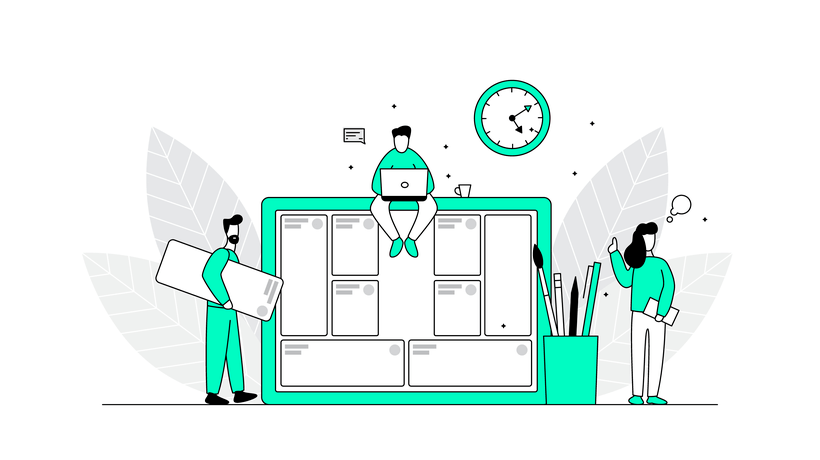The Founding Principles Of Maturity Models
It’s common knowledge that a person’s education can completely shape the direction of their life. Similarly, Learning and Development (L&D) teams have a direct influence on the success of a company’s business strategy, both short-term and well into the future.

From early on, the field of management science has taken an interest in understanding how companies run L&D activities within their workforce. Thanks to various studies and analyses, we know that companies are not only able to record their training history, but can also develop stability, repeatability, and therefore predictability from models based on the evolution of the “maturity” curve. Research has also established a link between a company’s performance and its learning offer, thereby demonstrating the highly sought ROI of L&D. Following the example of quality management processes, maturity models now seek to evaluate and improve training management within companies.
From Maslow To Kirkpatrick: The Pioneers Of The Maturity Model
Maturity models have a unique history. Like any approach that aims to explain the complexity of reality, they are the subject of debate within the L&D community. Each one has further deepened our understanding of how corporate learning can impact business performance.
One famous model at the origin of this approach is Maslow’s hierarchy of needs, often presented in the form of a pyramid. Abraham Maslow drew on observations from popular psychological theories of the 1940s to establish a model representing the various needs of every individual. From this, he derived a theory of motivation. According to him, everything that motivates individuals can be explained by 5 types of needs: physiological, security, belongingness and love, esteem, and self-actualization. Using Maslow’s model, a company that uses its skills management policy to satisfy the highest needs of its employees as conveyed in the pyramid can therefore be considered a “mature” organization.
Bloom’s Taxonomy
Bloom’s taxonomy a theory established in the early 1950s, constructed a hierarchical classification of knowledge acquisition. The six levels comprise of knowledge, comprehension, application, analysis, synthesis, and evaluation. This taxonomy was revised in the early 2000s, making the three upper levels (analysis, synthesis, and evaluation) equal and without hierarchy, unlike the bottom three levels of the pyramid. Bloom’s model is still a widely used teaching method, because it enables teachers and trainers to identify learning objectives and promote progress.
Kirkpatrick Partners: Designing A Training Evaluation Model
In the late 1950s, Donald Kirkpatrick designed a training evaluation model made up of 4 levels, with each level built upon the information of the previous levels. Level 1 corresponds to evaluating a participant’s reactions: Did they like the training? Level 2 corresponds to evaluating a participant’s learning: What did they learn? Level 3 corresponds to evaluating how the participants acquired skills transfer: Are they able to do it in a situation outside the context of training? Level 4 corresponds to evaluating the business results (increase in production or quality, cost reduction, etc.): Was it worth it? This model was a milestone in the training because it was used to establish the first usable training grid for companies.
In 2010, James and Wendy Kirkpatrick refined the model by expanding the training system with additional aspects such as relevance, engagement, confidence, and commitment. Level 4 now includes measuring results and comparing them to the initial objectives.
These models not only serve as useful benchmarks in the evaluation of training L&D, but also as a solid basis for a more detailed analysis on impact and outcomes.
Conclusion
Would you like to learn how maturity models can help your organization? Download the eBook Digital Learning Maturity In Your Organization and change the game today.




![The Concept Of Organizational Maturity: How To Achieve An Agile Innovation Culture Through A Learning Maturity Model [eBook]](https://cdn.elearningindustry.com/wp-content/uploads/2021/05/shutterstock_1217307274.png)


